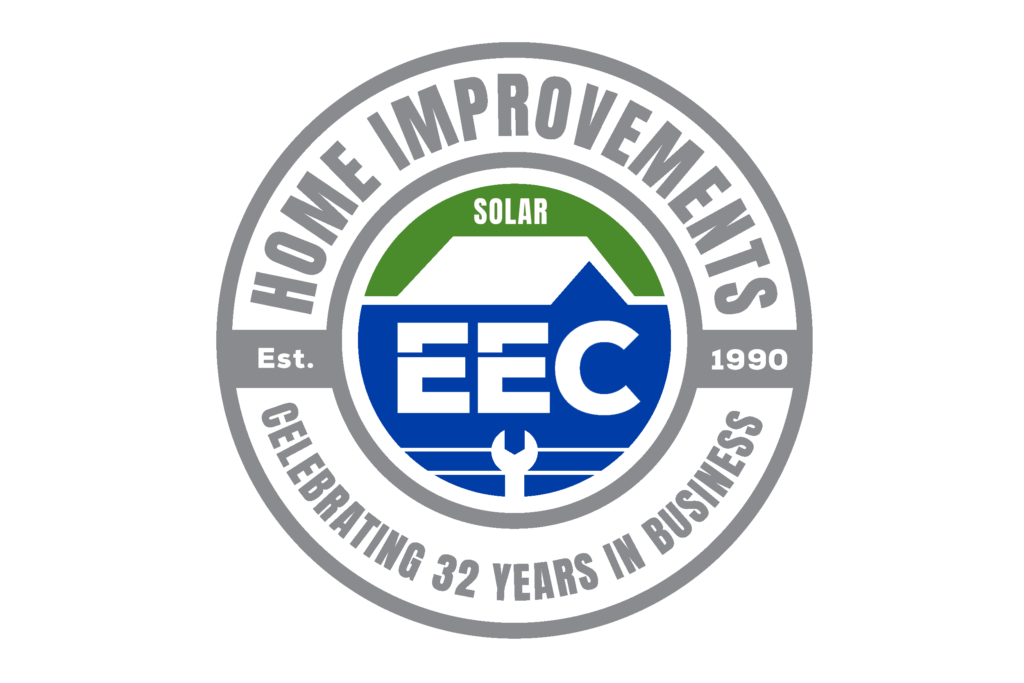During Chancellor Rishi Sunak economic statement in July he made the announcement that the government would set aside £2 billion for green home upgrades.
This is great news for homeowners and landlords in England with the new government scheme meaning they are potentially eligible for vouchers worth up to £5,000 (or £10,000 for those on low incomes) to make their homes more energy-efficient.
Launched in September 2020, the Green Homes Grant Scheme will help over 600,000 households cut their energy bills and reduce their home’s carbon footprint.
What is it?
It is a scheme brought in by the government to allow homeowners to apply for vouchers to help pay for energy-saving features for their homes, such as insulation or double glazing.
In most cases, these vouchers will cover about two-thirds of the cost of energy improvements, up to a value of £5,000.
Meaning if you wanted to install £3,000 worth of roof insulation. Through this scheme, you would pay a total of just £1,000, with the government providing a voucher for the remaining £2,000.
Or, if you wanted to install £10,000 worth of ground-source heat pumps, the government would provide £5,000, but you would still pay £5,000 of your own.
However, if you qualify for the low-income scheme you could get even more, with the government providing up to £10,000.
How does it work?
The full list of improvements covered by the scheme has been split into “primary” and “secondary” categories.
This is important, because you only qualify for a voucher if you’re installing at least one improvement from the primary list.
Primary improvements:
- Insulation: including solid wall, cavity wall, under-floor, loft, flat roof, room in roof and park home insulation.
- Low carbon heating: including air source heat pumps, ground source heat pumps, hybrid heat pumps, solar thermal systems and biomass pellets boilers. (You’ll need to have sufficient wall insulation to qualify for low carbon heating).
If you already have at least one of these measures installed, you can apply for a voucher to install “top-ups” (for instance, to install additional materials to reach a required level), but not for replacements.
You can apply for both a primary improvement and a top-up from the primary list, top-ups cannot exceed the value of your primary improvement.
This means if you received £1,000 toward installing insulation as a primary measure, you could then only get a maximum of £1,000 to put toward your chosen top-up.
If you are installing at least one primary improvement, you can also use the remainder of the money leftover in your voucher to install “secondary” improvements too:
Secondary improvements:
- Draught proofing
- Windows and doors: replacing single glazing with double or triple glazing, installing secondary glazing in addition to single glazing, upgrading to energy efficient doors.
- Heating controls and insulation: installing appliance thermostats, hot water tank thermostats, hot water tank insulation, smart heating controls, zone controls, delayed start thermostats or thermostatic radiator valves.
Bear in mind that the subsidy you receive for the secondary measure can only be equal to the subsidy for the primary measure.
So, if you receive £1,000 to help pay for your primary measure, you could only receive up to £1,000 for the secondary measure too – even if it ends up being more expensive.
Who’s eligible?
All owner-occupied homes, including long-leaseholders and those in shared ownership properties will be eligible for vouchers of up to £5,000 – though leaseholders and share-of-freehold tenants may need to get permission before making changes to their home.
Landlords of social or private residential homes are eligible, but they’ll need to prove that they have a minimum Energy Performance Certificate (EPC) rating of E under the minimum energy efficiency standard, or provide proof of an exemption. They must also ensure the benefit does not take them above the de minimis state aid threshold of £200,000.
Residential park owners including Gypsy and Traveller sites can also apply for vouchers.
New-build properties and non-domestic properties are not eligible.
Unfortunately, the Green Homes Grant scheme only applies to England, so won’t cover homes in Scotland, Wales or Northern Ireland.
What about the low-income scheme?
While most people will only receive funding for part of their energy improvements, those on low incomes could be eligible to have the full cost of their work covered, up to a value of £10,000.
To qualify for the low-income scheme, you must receive at least one of the following benefits:
- Income based Jobseekers allowance (JSA)
- Income based Employment & Support Allowance (ESA)
- Income Support (IS)
- Pension Guarantee Credit
- Working Tax Credit (WTC)
- Child Tax Credits (CTC) Universal Credit (UC)
- Disability Living Allowance (DLA)
- Personal Independence Payment (PIP)
- Attendance Allowance
- Carer’s Allowance
- Severe Disablement Allowance
- Industrial Injuries Disablement Benefit
- Contribution based Jobseekers allowance (JSA)
- Contribution based Employment & Support Allowance (ESA)
- Housing benefit
You should also be aware that only owner-occupied properties and park homes are eligible for the low-income scheme. Landlords are not eligible for low-income support.



